Rising Healthcare Expenditure
Rising healthcare expenditure is another significant driver of the Fungal Eye Infection Market. As countries allocate more resources to healthcare, there is an increased focus on addressing infectious diseases, including fungal eye infections. This trend is particularly evident in regions where healthcare systems are evolving and expanding. Increased funding allows for better access to diagnostic tools, treatment options, and patient education programs. Furthermore, as healthcare providers prioritize the management of fungal infections, the demand for effective therapies is likely to rise. The Fungal Eye Infection Market is expected to benefit from this trend, as higher healthcare spending translates into improved patient care and access to innovative treatments.
Enhanced Awareness of Fungal Eye Infections
Enhanced awareness of fungal eye infections among healthcare professionals and the general public is a vital driver for the Fungal Eye Infection Market. Educational campaigns and initiatives aimed at increasing knowledge about the symptoms, risk factors, and prevention strategies are gaining traction. This heightened awareness is likely to lead to earlier diagnosis and treatment, which can significantly improve patient outcomes. Additionally, as more individuals become informed about the potential severity of fungal eye infections, there may be an increase in demand for specialized care and treatment options. The Fungal Eye Infection Market is poised to grow as awareness initiatives continue to evolve, fostering a more proactive approach to managing these infections.
Increasing Incidence of Fungal Eye Infections
The rising incidence of fungal eye infections is a pivotal driver for the Fungal Eye Infection Market. Factors such as environmental changes, increased exposure to pathogens, and a growing population of immunocompromised individuals contribute to this trend. Reports indicate that the prevalence of fungal keratitis, a common form of fungal eye infection, has been on the rise, particularly in tropical and subtropical regions. This increase in cases necessitates enhanced diagnostic and therapeutic options, thereby propelling market growth. The Fungal Eye Infection Market is likely to expand as healthcare providers seek effective treatments to address this growing health concern. Furthermore, the need for public health initiatives aimed at educating communities about prevention and early detection is becoming increasingly apparent.
Growing Investment in Research and Development
Growing investment in research and development (R&D) is a crucial driver for the Fungal Eye Infection Market. Pharmaceutical companies and research institutions are increasingly focusing on developing novel antifungal agents and treatment modalities. This trend is driven by the need to address the limitations of existing therapies, such as resistance to current antifungal medications. Recent studies have highlighted the potential of new compounds and combination therapies in treating resistant fungal infections. As R&D efforts intensify, the market is likely to witness the introduction of innovative products that could reshape treatment paradigms. The Fungal Eye Infection Market stands to gain from these advancements, as new therapies may lead to improved patient outcomes and expanded treatment options.
Technological Advancements in Diagnostic Tools
Technological advancements in diagnostic tools are significantly influencing the Fungal Eye Infection Market. Innovations such as high-resolution imaging techniques and molecular diagnostics have improved the accuracy and speed of fungal infection detection. These advancements enable healthcare professionals to diagnose infections more effectively, leading to timely treatment and better patient outcomes. The market for diagnostic tools is projected to grow as these technologies become more accessible and affordable. Moreover, the integration of artificial intelligence in diagnostic processes may further enhance the efficiency of identifying fungal pathogens. As a result, the Fungal Eye Infection Market is expected to benefit from these technological improvements, which could lead to increased demand for advanced diagnostic solutions.


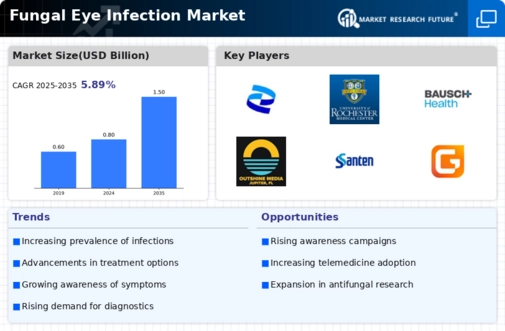
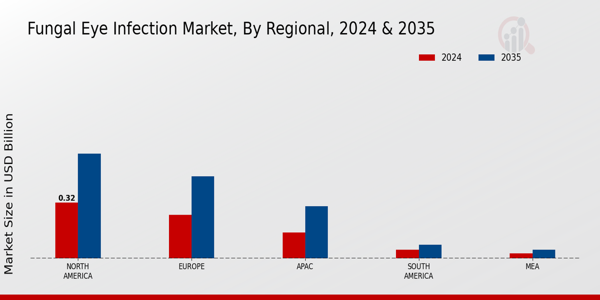
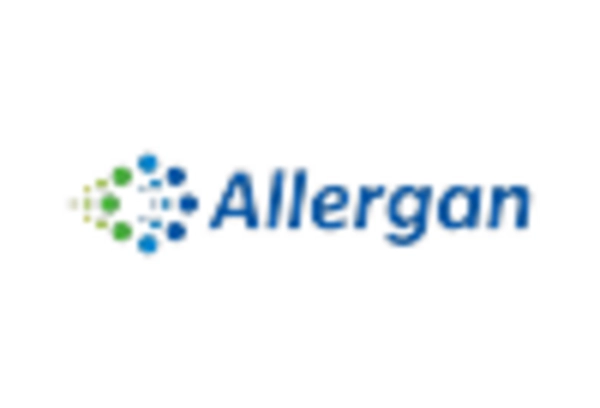

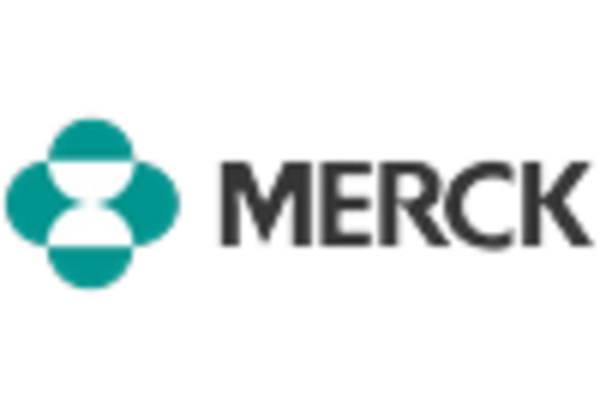
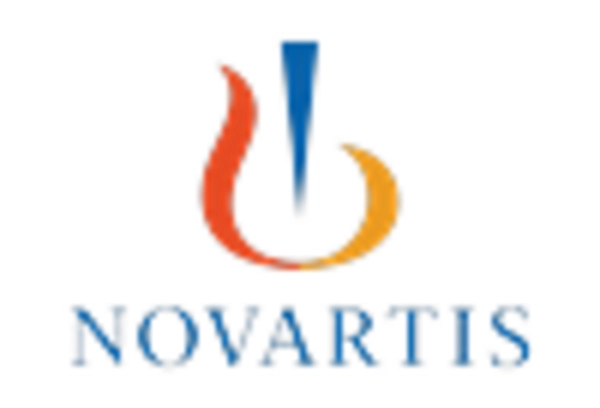
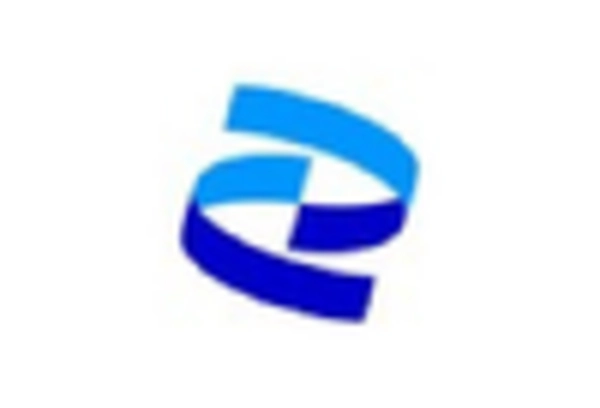









Leave a Comment